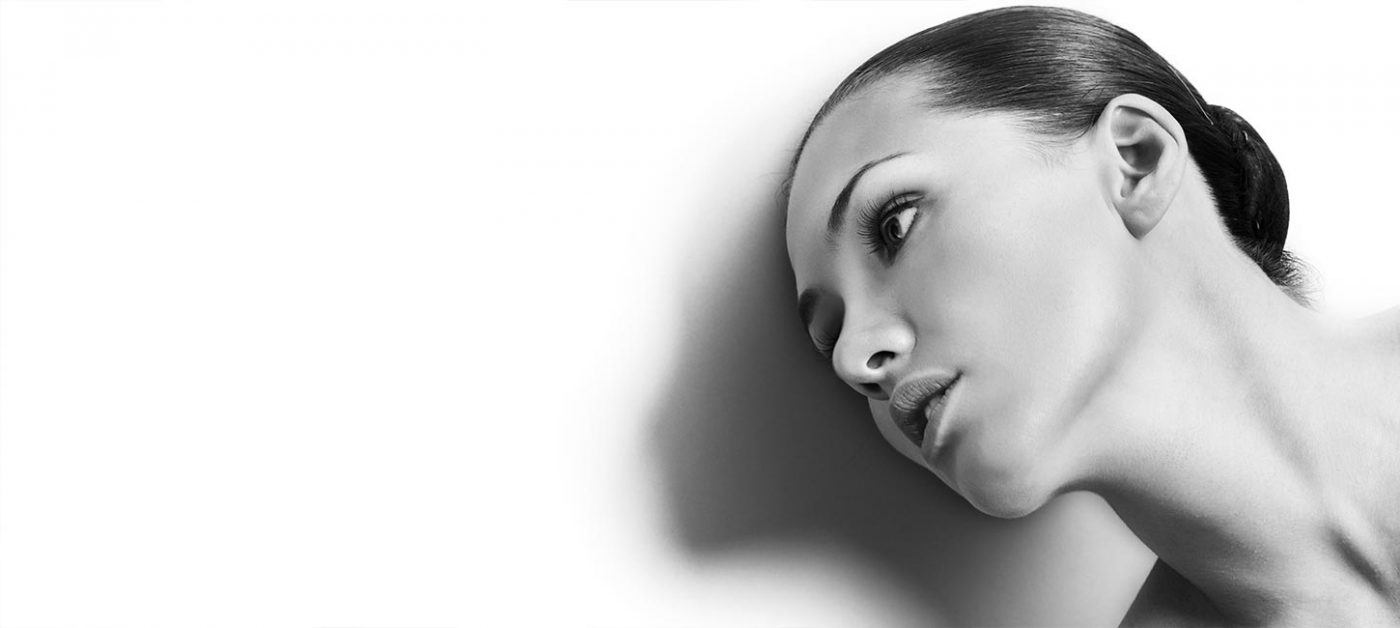Rhinoplasty is the plastic surgery that is done in the area of the nose. The operation can be performed for functional, but also for aesthetic reasons. Rhinoplasty is considered as the intervention with the greatest technical difficulty both for the fact that it is at a focal point of the face and for it requires very delicate manipulation by the plastic surgeon. Therefore the choice of Doctor is something that should not be done lightly.
What can we fix with rhinoplasty?
With rhinoplasty we can fix:
Functional issues, such as a deviated septum, which is why we have difficulty breathing.
Aesthetic aspects, such as the shape, size and generally the appearance of our nose, giving it symmetry and harmonizing it with the other characteristics of the face.
Rhinoplasty: Types of surgery
Rhinoplasty is distinguished in open and closed (simple). The closed is selected for simpler cases of the tip and nose. The open rhinoplasty in recent years is chosen because the plastic surgeon has much better visibility and is able to correct the defects of the nose skeleton more accurately. The duration of the open rhinoplasty is clearly greater and the cases it faces are more difficult. Usually, when the open rhinoplasty is selected, they are both aesthetic and functional reasons and always carried out in cooperation with ENT. He takes care of the functional piece and the plastic surgeon for the flawless aesthetic result. The only drawback of open rhinoplasty is that there should be an incision in the area between the nostrils.
What is the appropriate age for a rhinoplasty to proceed?
The threshold for a rhinoplasty is set at 18 years. Rhinoplasty is an intervention that if performed before the completion of development, there is a risk of intense asymmetry if the bones and cartilage of the nose are not fully developed by the end of puberty. In addition another reason why the candidate is required to be over 18 years old, is that it must be characterized by spiritual maturity and emotional stability. He should think seriously if he really wants to make changes to his nose and what kind they will be.
Who are eligible candidates for rhinoplasty?
In order to assure the plastic surgeon that you are a suitable candidate to proceed to rhinoplasty, he will make a complete record of your history. During registration you will need to explain the reasons why you want to do the surgery. You will be asked for problems of aesthetic and functional nature that you face, for diseases, allergies, interventions that you have undergone in the past, medication that you may receive etc. This is necessary in order to determine primarily whether your expectations for the result are realistic and whether you have the physical fitness to do the specific procedure. The doctor will then proceed to external control where he will thoroughly examine the shape, size and generally the construction of your nose and will carry out the necessary measurements (measurements of nasal angles). The visit will be completed by checking the inside of the nose, which includes examination in the diaphragm, the nasal structures and the mucosa.
Rhinoplasty: Process Analysis
You are entering the hospital on the day the surgery is set. The usual examinations are performed before each operation, i.e. general blood, urine and electrocardiogram.
The anesthesia chosen in this procedure is usually general. Rhinoplasty is rarely performed by the method of local anesthesia or intoxication. (Only in closed type and only if the operation is performed exclusively in the area of the Acrorinum).
Closed Rhinoplasty: During closed the plastic surgeon carries out the incisions in the mucosa.
Open Rhinoplasty: In the open the incision is made in the collumella between the nostrils and the skin detached from the skeleton.
The plastic surgeon based on his experience and familiarity will choose the method that is best suited to your situation.
Rhinoplasty: Postoperative Course
After the operation you will stay in the hospital for a few hours or stay overnight for preventive reasons and you will be discharged the next morning. In the first 24 hours you should not drive. You will have swelling and echymosis in the nose and eyes area, but it makes sense and you don’t have to worry about it. At most a week will have subsided. You will need to wear a special splint for 6-7 days, which helps to keep the bony skeleton of the nose.
Tips to follow after rhinoplasty
Apply cold compresses to the area under the eyes.
Don’t lean at all for the next 2 weeks.
Avoid exposure to the sun.
Do not wear eyeglasses or sunglasses for about 1 month.
Make frequent rinses with saline.
Try not to blow and not suck your nose.
Do not brush your teeth with strength
Prefer comfortable, baggy clothes.
Do not make strong facial expressions.
Rhinoplasty and complications
In each operation there is a risk of complications, rare, and possible. There’s a possibility of nosebleeds or contamination. Nosebleeds do not require medical intervention and infection is extremely rare because prior to surgery antibiotics are administered. The remaining complications that have been reported concern malformations resulting from the wrong manipulations or inexperience of the surgeon and need to re-operate to correct them. For this reason the choice of a qualified plastic surgeon is very important.
Is rhinoplasty painful?
This is a rumor that has prevailed and does not correspond to reality. Rhinoplasty has little to no pain and can be treated with mild analgesics.


 Ελληνικα
Ελληνικα